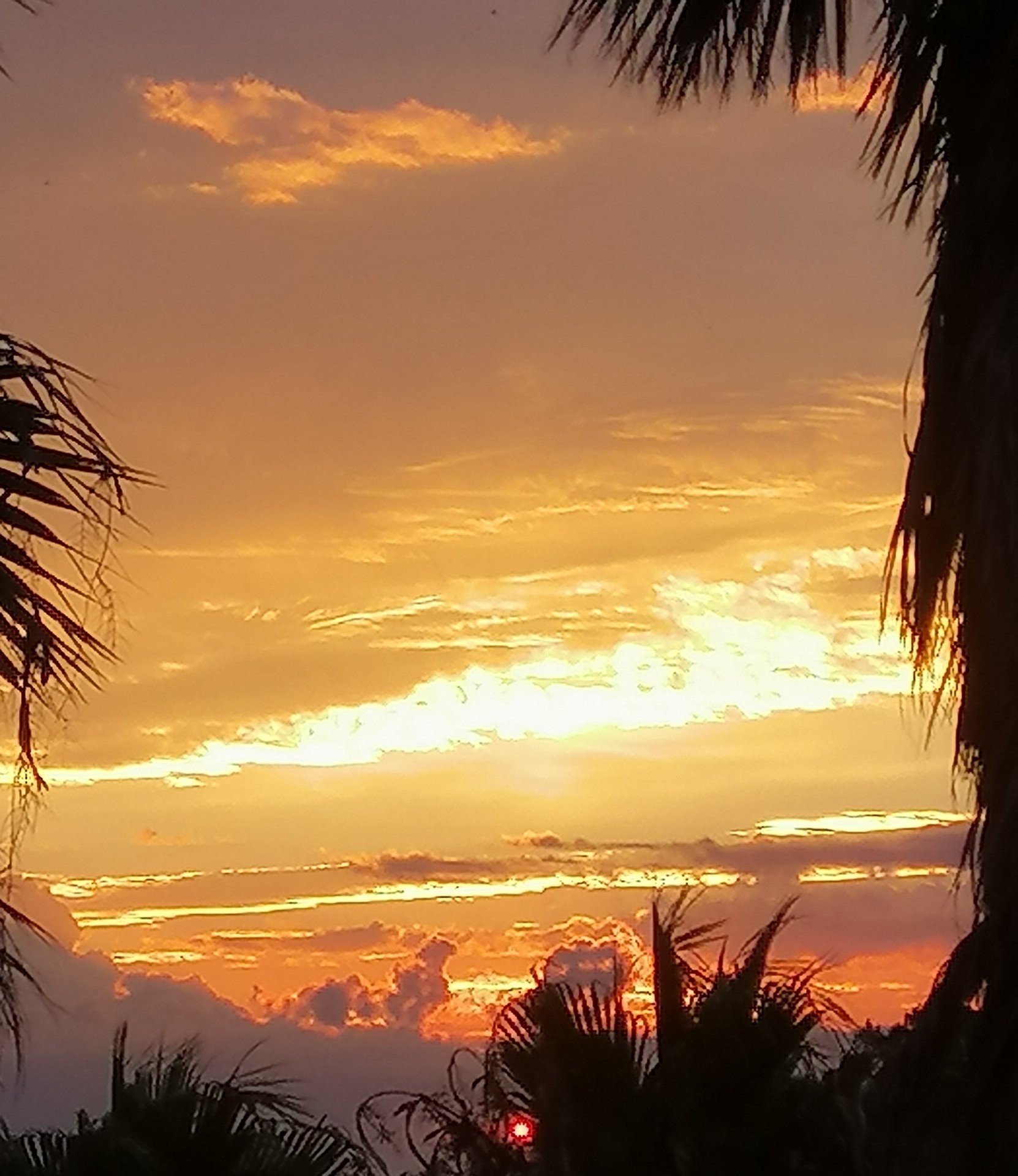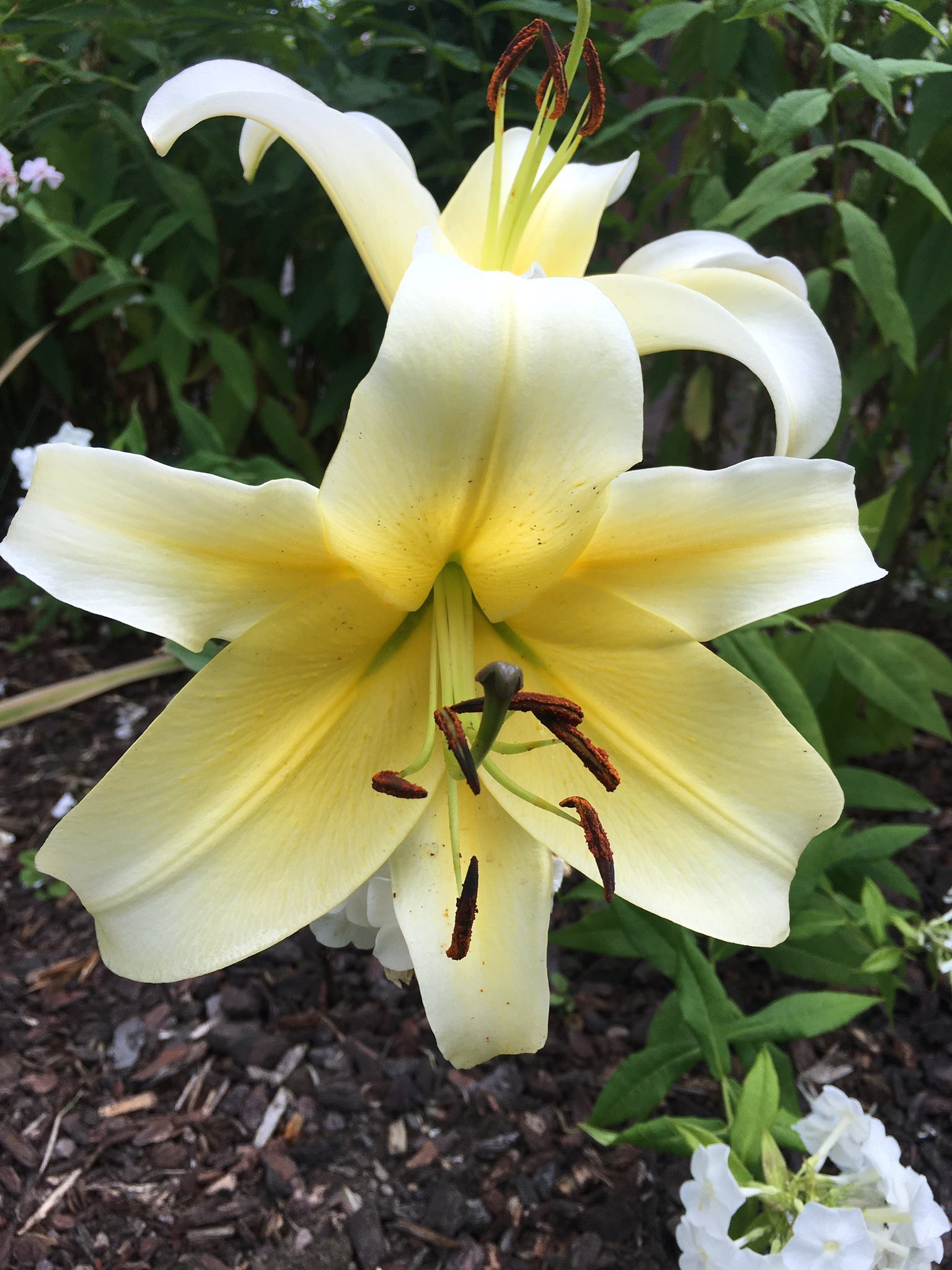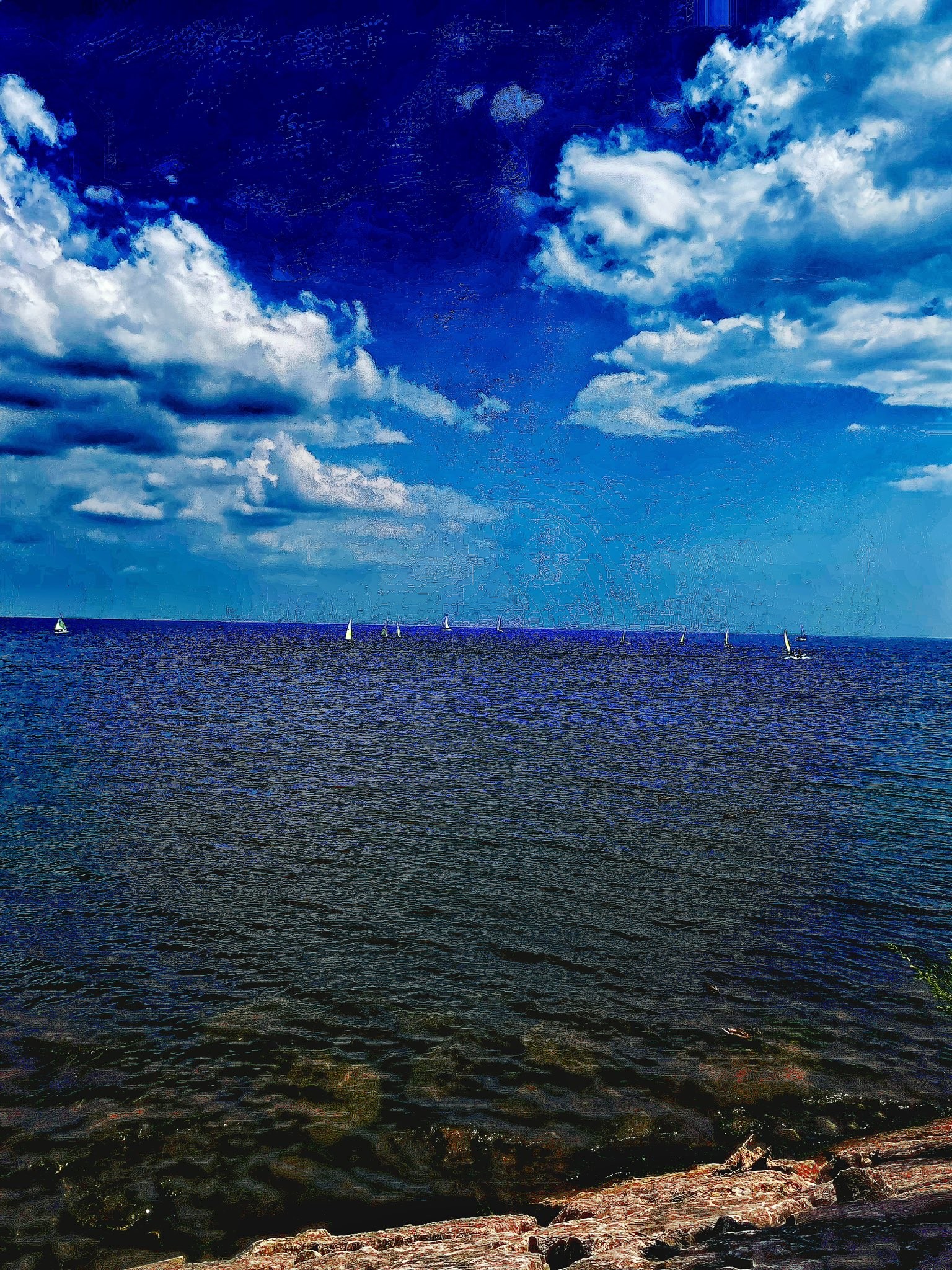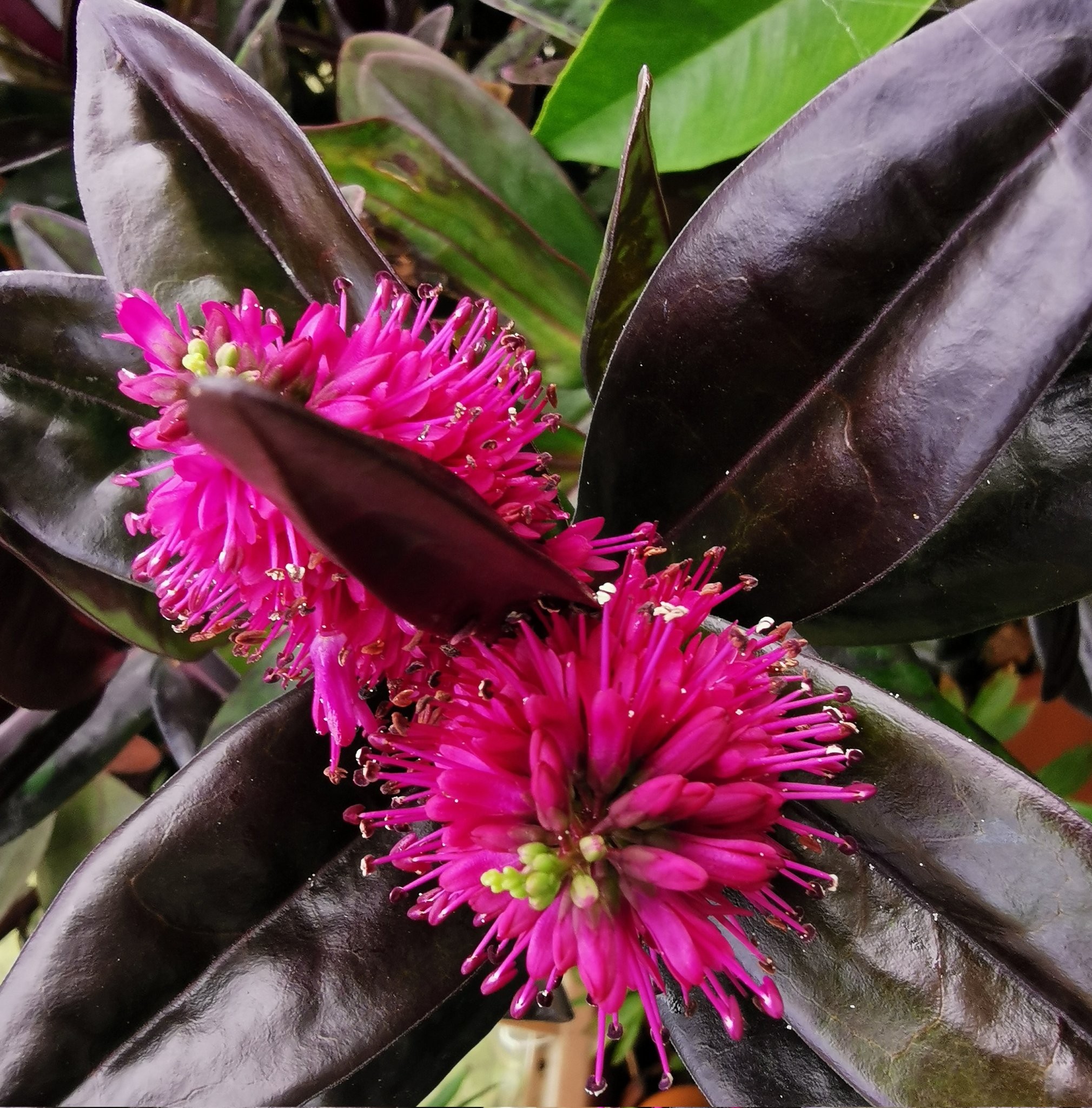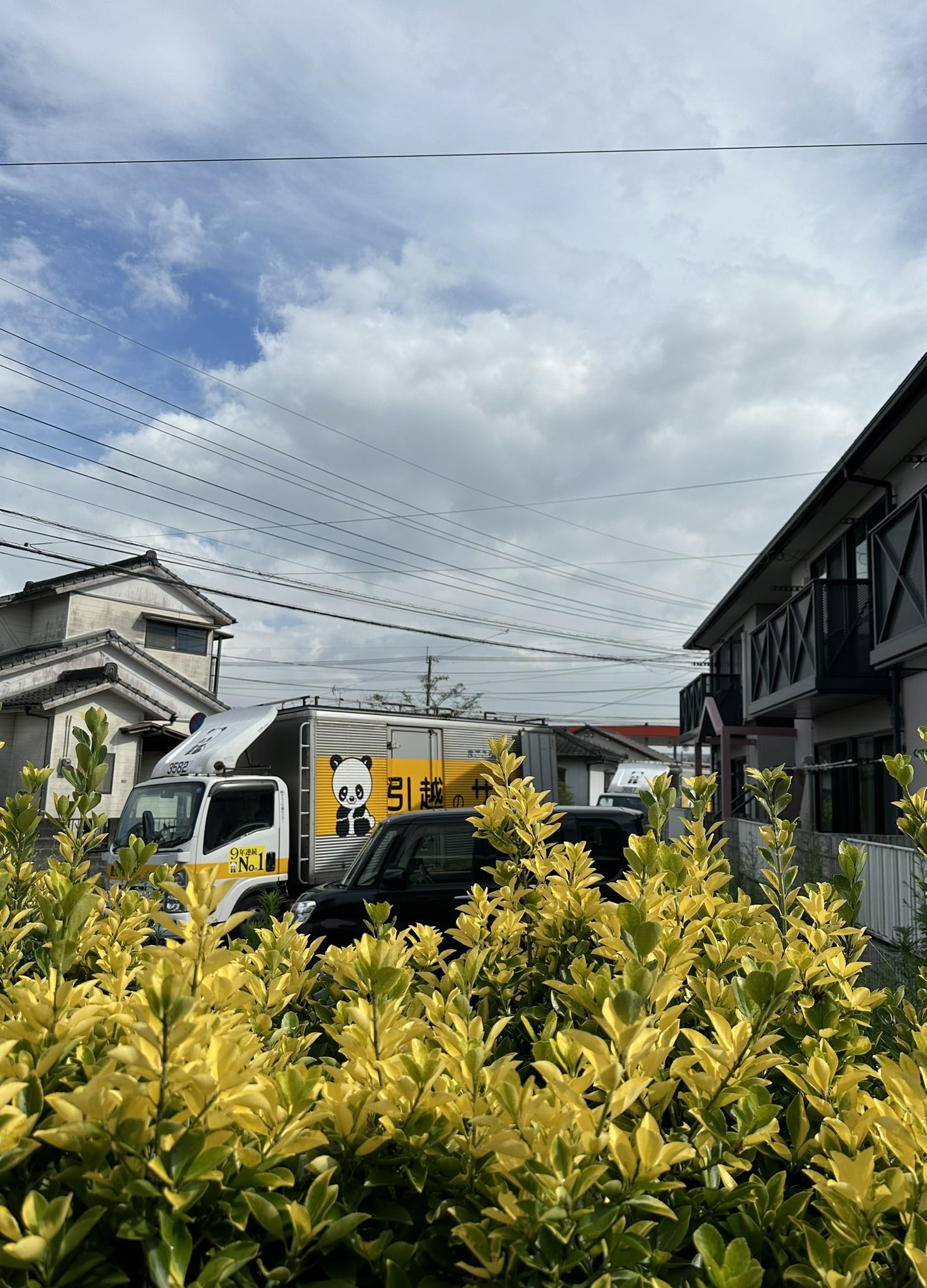Jo Ikeji-Uju pinned this post
7 months ago
"Arise, Africa, Our Motherland — Let the Earth Hear Your Song"
O Africa, cradle of kings and queens,
Your rivers shimmer with untapped dreams,
Your mountains hum with ancient songs,
Your soil, rich with the blood of the strong.
Arise from slumber, O Mother divine,
Awaken the wealth that lies in your spine —
Gold, oil, diamonds, fertile lands,
But greater still, the strength of your hands.
Let the deserts bloom and the cities rise,
Let knowledge and courage light up your skies.
No longer bow, no longer plead —
Stand firm, create, plant every seed.
Use your treasures, both seen and unseen,
For progress, for dignity, for a future pristine.
O Africa, hear destiny's drum —
Arise, our Motherland — your time has come!
By Jo Ikeji-Uju
https://afriprime.net/page...
O Africa, cradle of kings and queens,
Your rivers shimmer with untapped dreams,
Your mountains hum with ancient songs,
Your soil, rich with the blood of the strong.
Arise from slumber, O Mother divine,
Awaken the wealth that lies in your spine —
Gold, oil, diamonds, fertile lands,
But greater still, the strength of your hands.
Let the deserts bloom and the cities rise,
Let knowledge and courage light up your skies.
No longer bow, no longer plead —
Stand firm, create, plant every seed.
Use your treasures, both seen and unseen,
For progress, for dignity, for a future pristine.
O Africa, hear destiny's drum —
Arise, our Motherland — your time has come!
By Jo Ikeji-Uju
https://afriprime.net/page...

Anything Goes
Share your memories, connect with others, make new friends
https://afriprime.net/pages/Anything
4 months ago
Be aware of what is going on around you today - truly conscious.
Don't make assumptions. Focus on looking behind the obvious.
Make a conscious effort to observe life objectively,
and to avoid the natural tendency to see only
what you are expecting to see.
- Jonathan Lockwood Huie
Don't make assumptions. Focus on looking behind the obvious.
Make a conscious effort to observe life objectively,
and to avoid the natural tendency to see only
what you are expecting to see.
- Jonathan Lockwood Huie
4 months ago
4 months ago
Be an Observer of Life.
Gaining wisdom from carefully observing life
is not a substitute for action -
it is a prerequisite for informed action.
- Jonathan Lockwood Huie
Gaining wisdom from carefully observing life
is not a substitute for action -
it is a prerequisite for informed action.
- Jonathan Lockwood Huie
4 months ago
4 months ago
4 months ago
Today's Affirmation:
I am a Passionate Observer of Life.
I See the events, feel the emotions,
and recognize the difference.
- Jonathan Lockwood Huie
I am a Passionate Observer of Life.
I See the events, feel the emotions,
and recognize the difference.
- Jonathan Lockwood Huie
4 months ago
Gratitude is an attitude that hooks us up to our source of supply.
And the more grateful you are, the closer you become to your maker,
to the architect of the universe, to the spiritual core of your being.
- Bob Proctor
And the more grateful you are, the closer you become to your maker,
to the architect of the universe, to the spiritual core of your being.
- Bob Proctor
4 months ago
It is the common, everyday blessings of our common everyday lives
for which we should be particularly grateful.
They are the things that fill our lives with comfort and our hearts with gladness --
just the pure air to breathe and the strength to breath it;
just warmth and shelter and home folks;
just plain food that gives us strength; bright sunshine on a cold day;
and a cool breeze when the day is warm.
- Laura Ingalls Wilder
for which we should be particularly grateful.
They are the things that fill our lives with comfort and our hearts with gladness --
just the pure air to breathe and the strength to breath it;
just warmth and shelter and home folks;
just plain food that gives us strength; bright sunshine on a cold day;
and a cool breeze when the day is warm.
- Laura Ingalls Wilder
4 months ago
Food is our most fundamental material blessing.
Use each meal as an opportunity to feel gratitude for all the blessings of this life.
- Jonathan Lockwood Huie
Use each meal as an opportunity to feel gratitude for all the blessings of this life.
- Jonathan Lockwood Huie
4 months ago
So long as you have food in your mouth,
you have solved all questions for the time being.
- Franz Kafka
you have solved all questions for the time being.
- Franz Kafka
4 months ago
Today's Grace:
I give thanks for the blessings of this food
as a symbol of my gratitude
for all the manifold blessings of this life.
- Jonathan Lockwood Huie
I give thanks for the blessings of this food
as a symbol of my gratitude
for all the manifold blessings of this life.
- Jonathan Lockwood Huie
5 months ago
5 months ago
Our lives are defined not by the challenges we encounter,
but by how we respond to those challenges.
- Jonathan Lockwood Huie
but by how we respond to those challenges.
- Jonathan Lockwood Huie
5 months ago
My life has been filled with terrible misfortune;
most of which never happened.
- Michel Eyquem De Montaigne
most of which never happened.
- Michel Eyquem De Montaigne
5 months ago
5 months ago
Don't dwell on what went wrong.
Instead, focus on what to do next.
Spend your energies on moving forward toward finding the answer.
- Denis Waitley
Instead, focus on what to do next.
Spend your energies on moving forward toward finding the answer.
- Denis Waitley
5 months ago
Anyone who has two shirts should share with the one who has none, and anyone who has food should do the same.
- Luke 3:11
- Luke 3:11
5 months ago
The best way to find yourself is to lose yourself in the service of others.
- Mohandas (Mahatma) Gandhi
- Mohandas (Mahatma) Gandhi
5 months ago
What power there is in our service
when our actions line up with our mission, skills and joy.
– Mary Anne Radmacher
when our actions line up with our mission, skills and joy.
– Mary Anne Radmacher
5 months ago
5 months ago
"Do you know that honeybees can recognize human faces? So next time you see one, give it a friendly nod!"
5 months ago
"Now I know that 'national interest' is a powerful, often fluid concept, capable of justifying both cooperation and conflict on the world stage."
5 months ago
"Do you know that the average person will spend roughly 5 years and 3 months of their lifetime on social media? That's a lot of scrolling!"
5 months ago
"Now I know that behind every headline and diplomatic statement, there are centuries of history, cultural narratives, and economic imperatives at play."
5 months ago
"Do you know that our unique fingerprints are formed at just 17 weeks after conception? They're with us almost from the very beginning!"
5 months ago
"Now I know that power is a constant dance, a shifting balance between nations, where alliances are temporary and self-interest is often the only enduring guide."
5 months ago
The simplification of life is one of the steps to inner peace.
A persistent simplification will create an inner and outer well-being
that places harmony in one's life.
- Peace Pilgrim
A persistent simplification will create an inner and outer well-being
that places harmony in one's life.
- Peace Pilgrim








